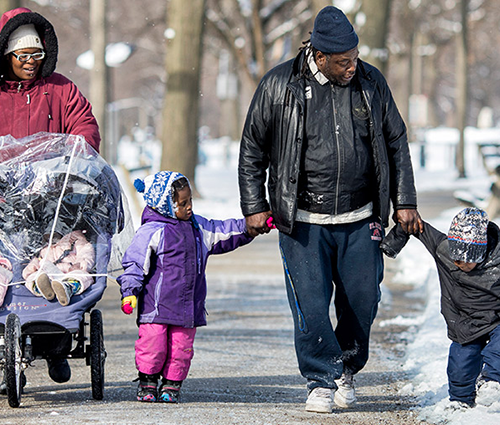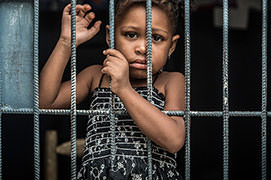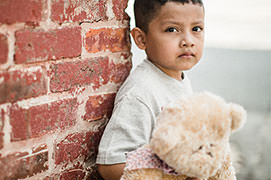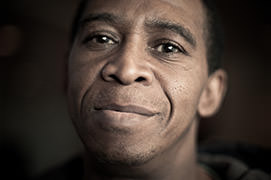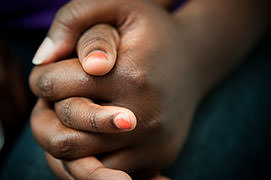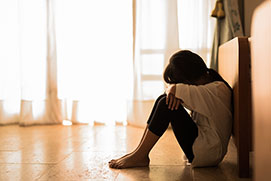-
What We Do
- Holiday Giving
- Rent, Mortgage and Utility Assistance
- Food Pantries
- Homeless Shelters
- Disaster Relief
- Rehabilitation
- Spiritual and Worship Services
- Job Training
- Solutions to Human Trafficking
- Veterans Services
- Services for the Aging
- Grassroots Services
- Help for Domestic Abuse
- Life Skills to Escape Poverty
- Summer Camps
- After-School Programs
- About Us
- Newsroom
- Ways to Give
- Love Beyond
- 2024 Annual Report
Never Miss a Chance to Do the Most Good
Please enter your name, email and zip code below to sign up!
What Is Pathway of Hope?
The Salvation Army’s Pathway of Hope program was launched in 2011 to provide targeted services to families wanting to break the generational cycle of poverty and enable a path out of constant crisis. It is rooted in a case management approach, focusing on the client’s individual needs and mastery of different life skills.
This program is designed to have an impact on how poverty affects multiple generations. By positively changing the lives of parents, The Salvation Army can create better living conditions for children. Educational and support programs for children in their development years are crucial.
The War on Poverty
The United States has the second-highest child poverty rate among the world’s wealthiest nations. And because children who live in poverty for half their lives are much more likely to remain in poverty as adults, the epidemic is passed down from one generation to the next, over and over.
The cost to those families trapped in the cycle of poverty is staggering, but we must also consider that the effects of child poverty cost our country nearly $500 billion per year.
Breaking the Cycle of Poverty
The Salvation Army’s Pathway of Hope initiative marks a pivotal shift to focusing on the core causes of poverty rather than treating the symptoms. Lack of job opportunities, unstable housing, and an underserved educational environment can all be major challenges for someone looking to lead a self-sustainable life.
With our help, people living in poverty can break the cycle of crisis and vulnerability and lead families down a path toward increased stability for years to come. It’s a pathway of hope for current and future generations.
Life skills are key
The Pathway of Hope approach includes:
- Catalyzing community collaboration in service of shared clients
- Providing targeted services to families with a desire to take action, changing life trajectories and increasing hope
- Moving families from crises and vulnerability to stability and eventually self-sufficiency, tracking family progress along the way
- Bringing all The Salvation Army’s internal resources to bear, aligned to the goals of clients
- Focusing on hope as a measured outcome, which represents the distinctly relational, spiritual outcome that The Salvation Army seeks in the work it does
What does the initiative involve?
Caring for your family’s needs, while building a strong future, can be challenging in today’s economic times. The Salvation Army team will offer support, guidance, and assistance as we walk alongside you on your family’s journey:
Mapping it out
Meet with a caseworker to develop your personalized action plan.
Tracking progress
Chart your progress and see your success with your dedicated caseworker on a regular basis.
Reaching milestones
See where you are at six months and decide what’s next on your journey.
Prepare for the future
Celebrate your successes. Adjust any further goals. Encourage others.
Resources & Connections
Through your involvement with Pathway of Hope, you’ll be introduced to The Salvation Army and other services available within your community that offer:
- A network of support
- A sense of community
- Holistic programs
- Spiritual guidance
- Job training
- Health services
- Childcare and education
- Housing options
- Legal services
And much more.
Serving All Without Discrimination
In providing its poverty relief programs and services, The Salvation Army is committed to accommodating all those in need without unlawful discrimination or harassment based on age, race, color, religion, sex, national origin, marital status, disability, citizenship, sexual orientation, gender identity, gender expression, or any other characteristic in accordance with our capacity to help.
Who can join the Pathway of Hope program?
You have at least one child under age 18 and you’re ready to take action!
Other Ways We Meet Needs
-

Disaster Relief
-

Holiday Giving
-

LGBTQ Support
-

Commitment to Diversity
-

Homeless Shelters
-

Food Pantries
-

Grassroots Services
-

Life Skills to Escape Poverty
-

Rehabilitation
-

Spiritual Healing
-

Job Training
-

Responses to Human Trafficking
-

Veteran Services
-

Services for the Aging
-

Help for Domestic Abuse
-

After-School Programs


